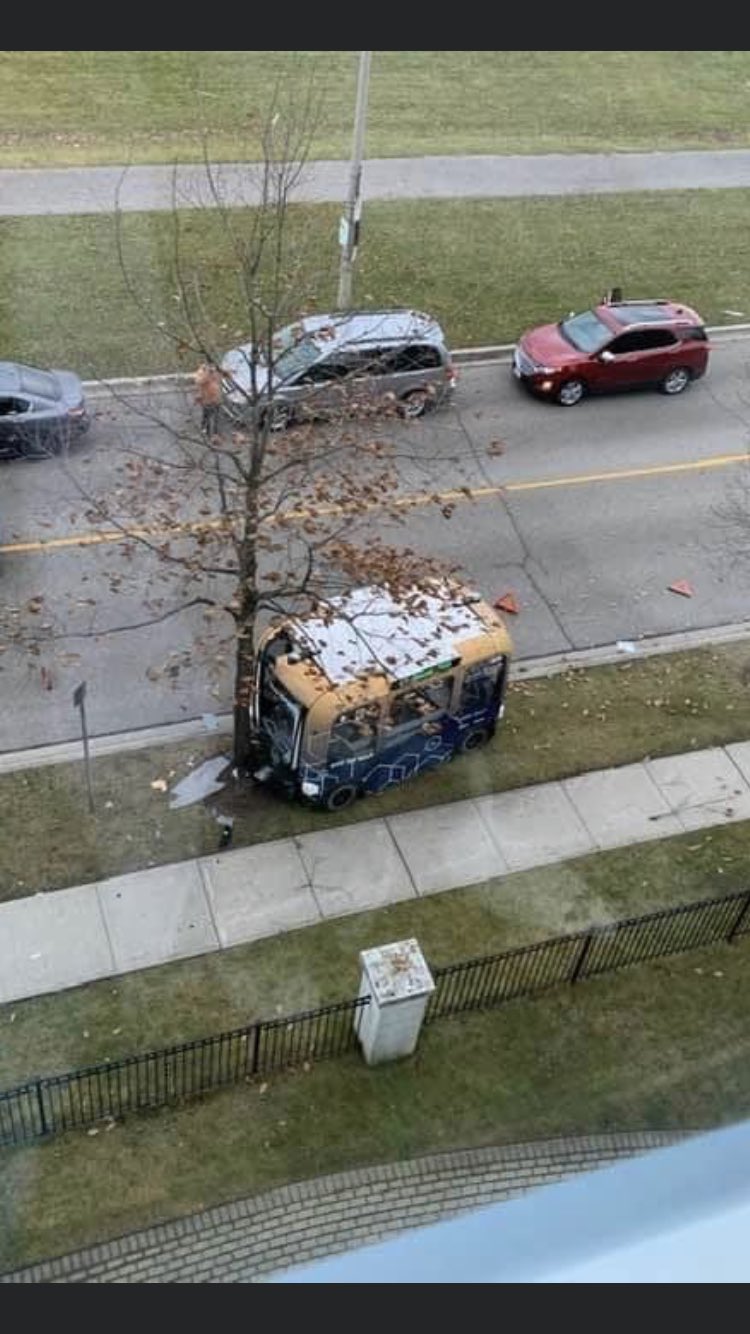Data Dictionary
VTTI also produced a series of data dictionaries that are located on the InSight website.
These dictionaries encompass every variable in the database, including the driver assessment
data, time series data, and vehicle-related data. The dictionaries are also “living” documents that
will be updated as more variables are added to the SHRP 2 NDS and refinements are made to
existing variables. When a change is made from one version of the dictionary to the next, the
information will be highlighted on a revision page that notes what was changed and how it was
changed.
Researchers must review these dictionaries before doing any analysis to make sure the
operational definitions meet the requirements necessary to answer their questions. Based on the
name of a variable alone, they could easily misinterpret the data. For example, the SHRP 2
database contains a driver impairment variable, which encompasses the following categories:
None apparent
Drowsy, sleepy, asleep, fatigued
Ill, blackout
Angry
Other emotional state
Drugs, medication
Drugs, alcohol
Other illicit drugs
Restricted to wheelchair
Impaired due to previous injury
Deaf
Other
Unknown
If a researcher wanted to conduct an analysis on driving under the influence of alcohol or
drugs only, some of these classifications should be excluded. Without reviewing the data
dictionaries, a researcher may incorrectly assume certain information is included or excluded.






